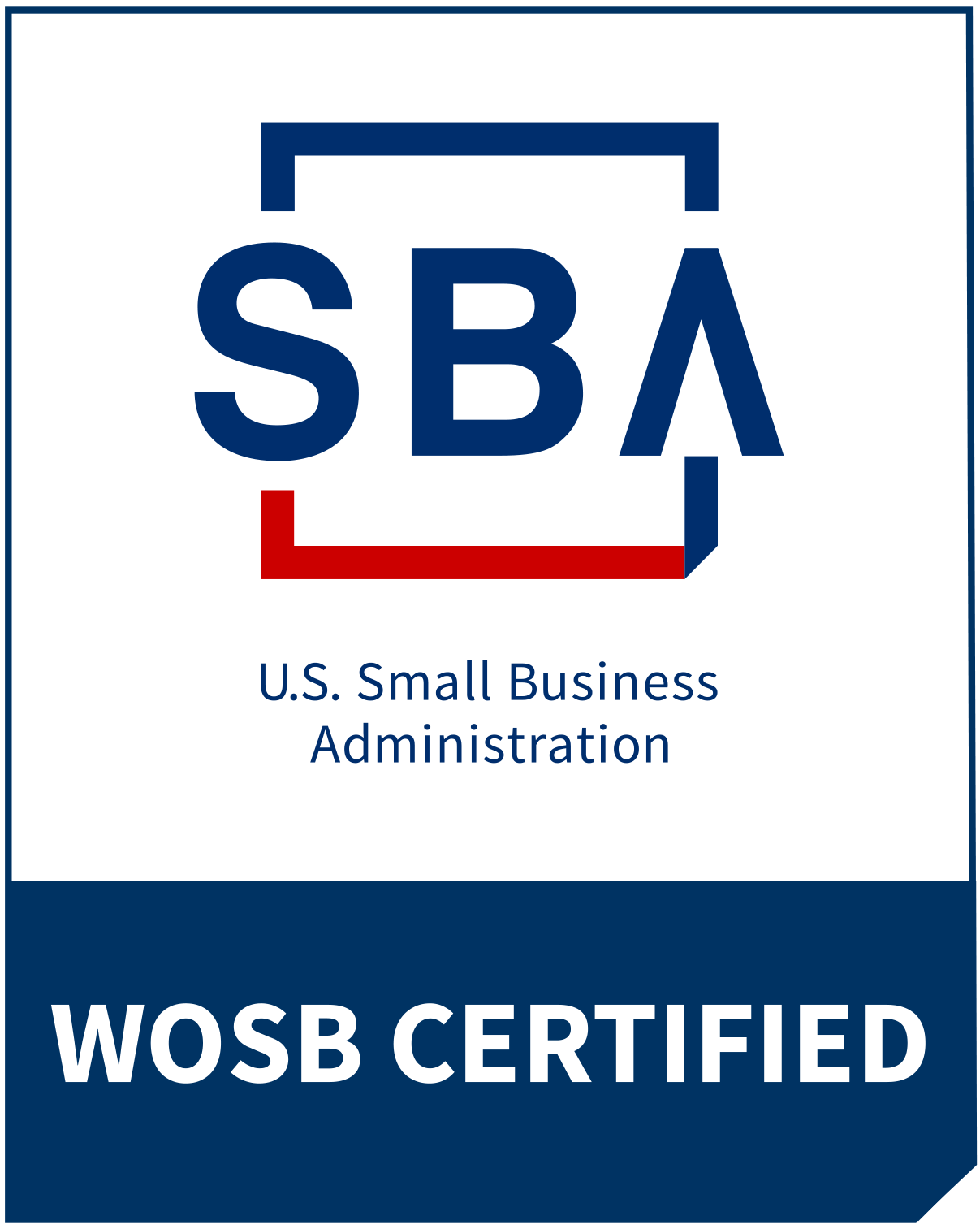Retaining High Performers: Your Economic Advantage
- admin
- 0 Comments
- March 28, 2024
Retaining High Performers: Your Economic Advantage
In today’s uncertain economic climate, business leaders are facing many challenges. As an entrepreneur or small business owner in the services industry, you may be asking yourself: How can I navigate these turbulent times while keeping my most valuable assets—my employees—on board? The answer lies in understanding the importance of employee retention and implementing effective strategies to measure and improve it.
Imagine this scenario: You’ve spent months, perhaps even years, building a cohesive and high-performing team. Your employees are the backbone of your success, consistently delivering exceptional results and driving your business forward. But what happens when your top performers start to leave? The impact can be devastating, not only in terms of lost productivity and expertise but also in the ripple effect it has on the rest of your staff.
When valuable employees depart, it sends a message to the remaining team members. They may start to question their own future within the company, leading to a decrease in morale and engagement. Moreover, the cost of replacing an employee can be substantial, often exceeding 150% of their annual salary (Source: Work Institute, 2019 Retention Report). This financial burden can be especially challenging for small businesses operating on tight margins.
Benefits of Employee Retention
So, how can you retain your most valuable employees and foster a thriving workforce? The first step is to understand the benefits of employee retention:
1. Increased productivity: Retaining experienced employees means maintaining a high level of productivity and expertise within your team.
2. Cost savings: By reducing turnover, you can avoid the significant expenses associated with recruiting, onboarding, and training new hires.
3. Enhanced customer satisfaction: Long-term employees develop deep relationships with clients, leading to improved customer loyalty and satisfaction.
4. Positive company culture: A stable workforce contributes to a positive and collaborative work environment, boosting overall morale and engagement.
Measuring Employee Retention
To effectively address employee retention, you need to measure it. Start by calculating your employee turnover rate, which is the percentage of employees who leave your company within a given time period. To do this, divide the number of employees who left during a specific time frame by the average number of employees during that same period, then multiply by 100.
For example, if you had an average of 50 employees over the past year and 5 employees left, your annual turnover rate would be 10% (5 ÷ 50 x 100). According to the Bureau of Labor Statistics, the average turnover rate for the services industry in 2020 was 44.2%. While this number may seem high, it’s important to note that it includes both voluntary and involuntary turnover.
Once you have a clear picture of your turnover rate, you can start to identify common problems and develop targeted solutions.
Common Problems and Challenges
1. Lack of recognition and appreciation: Employees who feel undervalued are more likely to seek opportunities elsewhere.
2. Limited growth and development opportunities: High-performing employees often crave new challenges and opportunities to expand their skills.
3. Poor management and leadership: Ineffective or unsupportive managers can contribute to employee dissatisfaction and turnover.
4. Uncompetitive compensation and benefits: If your company falls behind industry standards, employees may be tempted by better offers from competitors.
Implementing Solutions
To address these challenges and improve employee retention, consider the following strategies
1. Recognize and reward top performers: Implement a system for regularly acknowledging and rewarding employees who go above and beyond.
2. Invest in employee development: Offer training, mentorship programs, and opportunities for career growth within your organization.
3. Provide effective leadership and management: Ensure that your leadership team is equipped with the skills and resources to support and engage their teams.
4. Competitive compensation and benefits: Regularly review your compensation and benefits package to ensure it aligns with industry standards and employee expectations.
While implementing these solutions may present challenges, such as budgetary constraints or resistance to change, the long-term benefits of improved employee retention far outweigh the short-term obstacles. By prioritizing employee retention, you create a positive feedback loop that can lead to increased productivity, profitability, and the ability to attract new clients and scale your business.
It’s also crucial to address the issue of mediocre or poor performers. As a leader, it’s your responsibility to set high standards and expectations for your team. Tolerating subpar performance not only hinders your company’s success but also sends a negative message to your top performers. They may begin to feel that their efforts are not valued or that they are carrying the weight of underperforming colleagues. By addressing performance issues promptly and fairly, you demonstrate your commitment to maintaining a high-performing team and creating an environment where excellence is rewarded.
Employee retention is a critical factor in the success and stability of your business, especially during uncertain economic times. By understanding the benefits of retention, measuring your turnover rate, and implementing targeted solutions, you can create a thriving workforce that drives your company forward. Remember, your employees are your most valuable asset. Investing in their satisfaction, development, and well-being is an investment in the future of your business.
Next Steps
So, where do you go from here? Start by assessing your current employee retention situation and identifying areas for improvement. Engage your leadership team in open and honest conversations about the challenges and opportunities within your organization. Develop a plan of action that prioritizes employee retention and sets clear goals and metrics for success. By taking proactive steps to retain your top talent, you position your company for long-term growth and resilience, no matter what the future holds.
Is Your Business Growing But You Feel Like It’s Falling Apart?
Feeling the strain of business growth? You're not alone. Many successful businesses face these challenges. It's often the little things that cause big headaches. Suddenly, your tried-and-true methods don't work anymore, profits shrink, customers are complaining, and you're constantly firefighting.
The key lies in fine-tuning your systems to support your growth. My 3S Profit Optimizer framework helps to secure more clients, streamline operations, and supercharge scalability. I've helped numerous businesses overcome these hurdles, and I'd love to see how I can help you succeed.
Let’s minimize the growing pains and prevent them from reflecting poorly on your business. To learn how to have more freedom, more control, and more opportunities to earn income take action now and click below.
Related Posts

Make Your Business Work for You: The 3S Profit Optimizer (Part 1)




